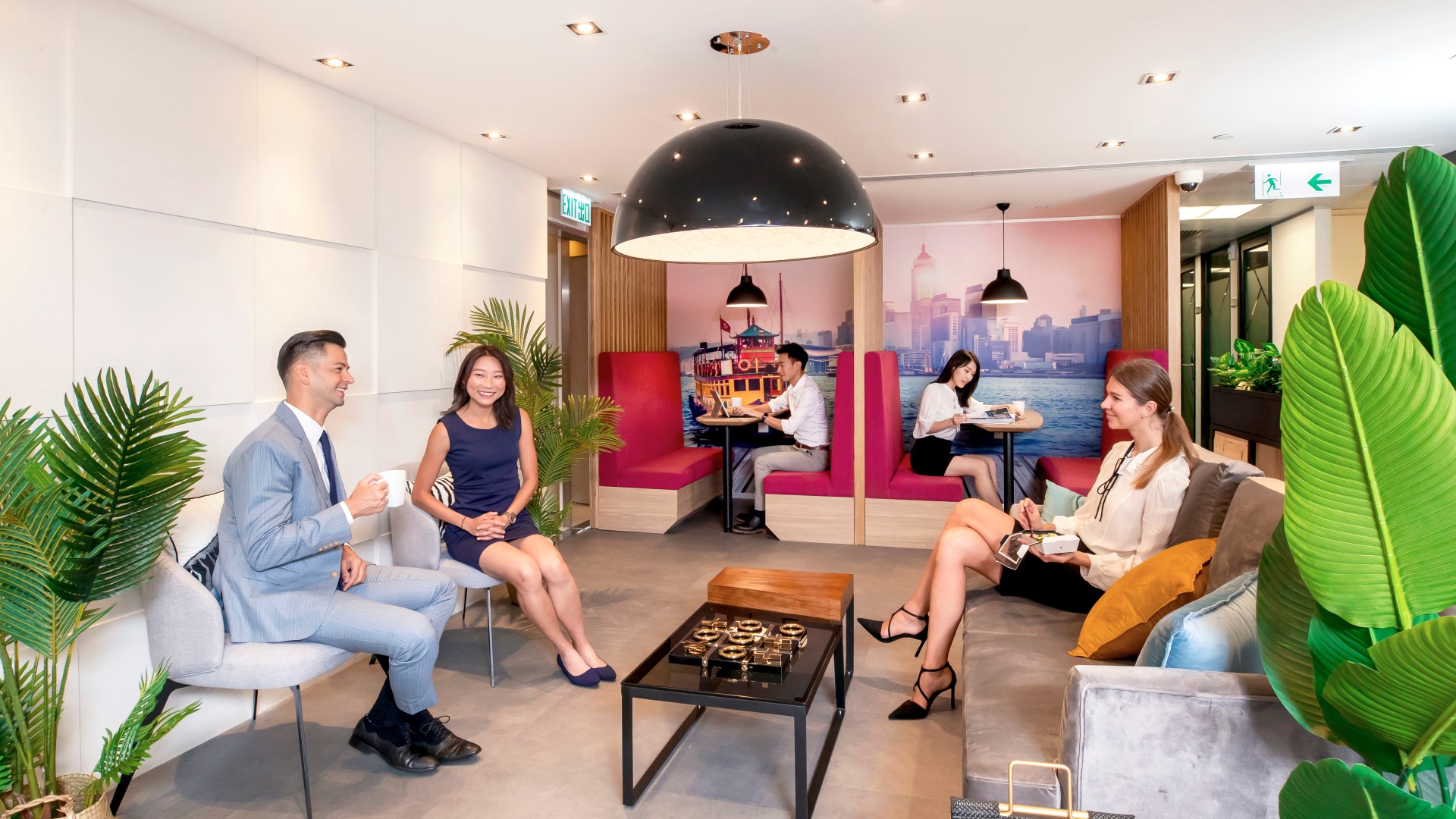
The COVID-19 pandemic changed how we work, in ways we never could have imagined. From zoom meetings to webinars, we’ve felt digitally connected yet alone. That importance of sense of belonging means more to us than ever now.
With lockdowns lifting, how are offices going to create a positive organisational community? It’s time to consider what is important to employees in their day-to-day at work. Is it a communal area, where staff can gather and exchange ideas? Somewhere outside the office to let off steam or a satellite office closer to home? Or is it somewhere relaxing, where employees can find some respite from the daily grind?
All these ideas encompass what is known as third place.
What is a third place?
American sociologist Ray Oldenburg coined the term “third places” in his 1989 book ‘The Great Good Place’. He described them as social environments outside the home and workplace, such as cafés or churches where people naturally congregate and feel a sense of community.
Your home is the first place, your workplace is the second, and an alternate workspace would be known as third place.
Creating a successful workplace community is essential to reaching targets and excelling in business. If a company can foster a sense of belonging at work then staff enjoy their time in any office and are much more productive.
How to create a third place depends on each company’s individual needs. Whether a company is operating with a hybrid arrangement post-pandemic or working from a selection of satellite offices, third places are considered key to engaging staff again.
Why are third places important?
More companies are recognising that one space type doesn’t necessarily fit the needs of staff throughout the working day. Third places are designed to welcome. Often an open-spaced area with relaxed lounges and a healthy snack bar, these flexible work spaces illustrate how to foster a sense of community in the workplace. Whether it’s a team converging to brainstorm an idea or someone escaping that afternoon lull, third places are effective.
Another way to operate a third place workspace is the use of satellite offices across various locations. Third place examples in this respect use flexible offices across a region or country without the expense of retaining another major office. Having access to offices and business lounges in locations where clients do business is invaluable and so much more professional than simply meeting in a coffee shop.
Benefits of community in the workplace
Staff may have been away from the workplace for some time, juggling online meetings with home-schooling and meal preparation. The invitation of being able to use a third place can entice employees back into the workplace. A third place might be that bit closer to home, somewhere that staff can meet again without distraction.
-
It promotes creativity - An inspiring environment can be an impetus to innovative thoughts
-
Positive vibes – The happiness of a team borne of a sense of community and freedom
-
Increased profitability – When staff feel valued, engaged, and content, production excels.
It’s time to return to a collaborative working environment that doesn’t feel stifling. Third place working may just be the answer.